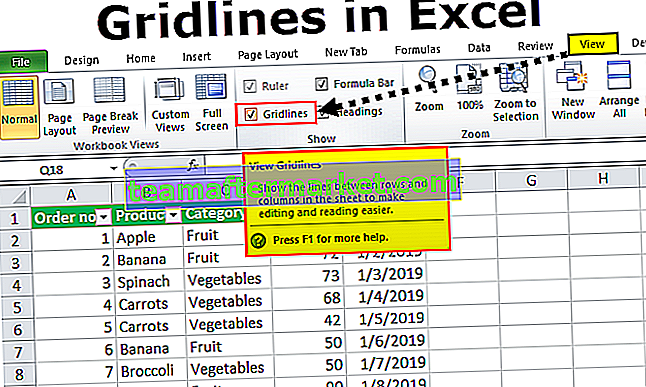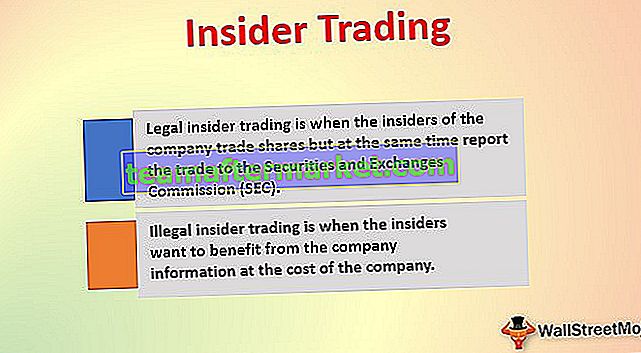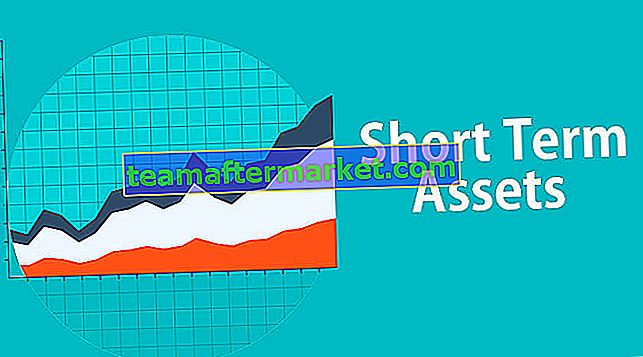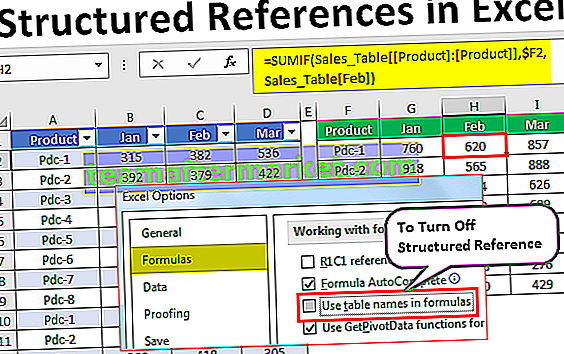What is Trend Analysis?
Trend analysis is an analysis of the trend of the company by comparing its financial statements to analyze the trend of market or analysis of the future on the basis of results of past performance and it’s an attempt to make the best decisions on the basis of results of the analysis done.
Trend analysis involves collecting the information from multiple periods and plotting the collected information on the horizontal line with the objective of finding actionable patterns from the given information. In Finance, Trend Analysis is used for Technical analysis and Accounting analysis of stocks.

Types of Trend

#1 – Uptrend
An uptrend or bull market is when financial markets and assets – as with the broader economy level – move in the upward directions and keep increasing prices of the stock or the assets or even the size of the economy over the period. It is a time of booming where jobs get created, the economy moves into a positive market, and sentiments in the markets are favorable, and the investment cycle has started.
#2 – Downtrend
A downtrend or bear market is when financial markets and asset prices – as with the broader economy level – move in the downward direction and prices of the stock or the assets or even the size of the economy keep on decreasing over time. It is the time when companies shut down the operation or shrink the production due to a slump in sales. Jobs are lost, and asset prices start declining, sentiment in the market is not favorable for further investment, investors run for the haven of the investment.
#3 – Sideways / horizontal Trend
A sideways/horizontal trend means assets prices or share prices – as with the broader economy level – are not moving in any direction; they are moving sideways, up for some time, then down for some time. The direction of the trend cannot be decided. It is the trend where investors are worried about their investment, and the government is trying to push the economy in the uptrend. Generally, the sideways or horizontal trend is considered risky because when sentiments will be turned against cannot be predicted; hence investors try to keep away in such a situation.
What is the Use of Trend Analysis?
It is used by both – Accounting analysis and technical analysis.
#1 – Use in Accounting
Sales and cost information of the organization’s profit and loss statement can be arranged on a horizontal line for multiple periods and examined the trends and data inconsistencies. For instance, take the example of a sudden spike in the expenses in a particular quarter followed by a sharp decline in the next period, is an indicator of expenses was booked twice in the first quarter. Thus the trend analysis in accounting is essential for examining the financial statements for inaccuracies, to see whether the adjustment of the certain heads should be made before the conclusion is drawn from the financial statements.
Trend Analysis in accounting compares the overall growth of key financial statement line item over the years from the base case.
For example, in the case of Colgate, we assume that 2007 is the base case and analyze the performance in Sales and Net profit over the years.
- We note that Sales has increased by only 16.3% over 8 years (2008-2015).
- We also note that the overall net profit has decreased by 20.3% over the 8 years.

For forecasting, estimated financial statements trend analysis is used for the head where no significant changes have happened. For example, if employee expense is taken 18 % of the revenue and considerable changes have not been made in the employees, then for estimated financial statements, employee expense can be taken as 18 %.
Internal use of the trend analysis in accounting (the revenue and cost analysis) is one of the most useful management tools for forecasting.
#2 – Use in Technical Analysis
An investor can create his trend line from the historical stock prices, and he can use this information to predict the future movement of the stock price. The trend can be associated with the given information. Cause and effect relationships must be studied before taking concluding the trend analysis.

- Trend analysis also involves finding patterns that are occurring over time, like a cup and handle pattern, head and shoulder pattern or reverse head and shoulder pattern.
- In technical analysis, it can be used in the foreign exchange market, stock market, or derivative market. With slight changes, the same analysis can be used in all markets.
Examples of Trend Analysis
- Examining sales patterns to see if sales are declining because of specific customers or products or sales regions;
- Examining expenses report claims for proof of fraudulent claims.
- Prüfung der Ausgabenposten, um festzustellen, ob in einem Berichtszeitraum ungewöhnliche Ausgaben vorliegen, die einer weiteren Untersuchung bedürfen;
- Prognose der Einnahmen- und Ausgabenposten für die Zukunft zur Budgetierung zur Schätzung zukünftiger Ergebnisse.
Welche Bedeutung hat die Trendanalyse?
- Die Trendanalyse versucht herauszufinden, ob ein Trend ein Bullenmarktlauf ist, und profitiert von diesem Trend, es sei denn und bis Daten zeigen, dass eine Trendumkehr eintreten kann, z. B. ein Bullenmarkt. Dies ist für die Händler am hilfreichsten, da das Bewegen mit Trends und nicht gegen diese einen Gewinn für einen Investor bringt. Der Trend ist der beste Freund der Händler, ist ein bekanntes Zitat auf dem Markt.
- Ein Trend ist nichts anderes als die allgemeine Richtung, in die sich der Markt während eines bestimmten Zeitraums bewegt. Die Trends können sowohl wachsen als auch abnehmen und sich auf bärische bzw. bullische Märkte beziehen. Es gibt keine Kriterien, um zu entscheiden, wie viel Zeit erforderlich ist, um den Trend herauszufinden. Je länger die Richtung ist, desto zuverlässiger wird im Allgemeinen. Basierend auf den Erfahrungen und einigen empirischen Analysen werden einige Indikatoren entworfen und die Standardzeit für Indikatoren wie den gleitenden Durchschnitt von 14 Tagen, den gleitenden Durchschnitt von 50 Tagen und den gleitenden Durchschnitt von 200 Tagen eingehalten.
- Während es keine festgelegte Mindestzeit gibt, die erforderlich ist, damit eine Richtung als Trend betrachtet wird, ist der Trend umso bemerkenswerter, je länger die Richtung beibehalten wird.
Fazit
Der Trend ist ein Freund, ist ein bekanntes Zitat in der Brüderlichkeit des Händlers. Der Händler erzielt einen guten Gewinn, wenn er dem Trend folgt, und die Trendanalyse ist keine leichte Aufgabe. Es erforderte Augen für Details und ein Verständnis für die Marktdynamik.
Die Trendanalyse in der Rechnungslegung kann vom Management oder vom Analysten zur Prognose zukünftiger Abschlüsse verwendet werden. Blindes Folgen kann sich als gefährlich erweisen, wenn keine ordnungsgemäße Analyse des vergangenen Ereignisses durchgeführt wird.








